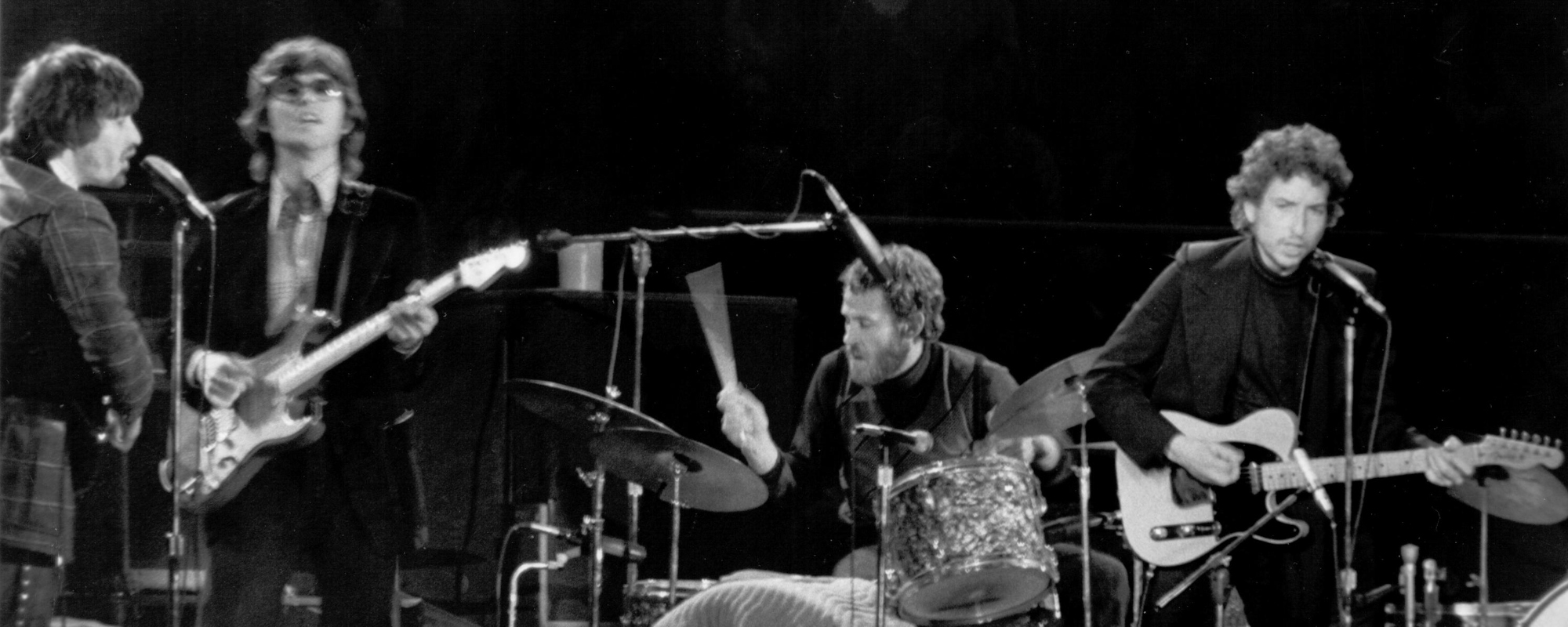Guitar legend Chet Atkins is renowned for his distinctive fingerstyle playing, which combined a walking bass line with melody and rhythm. As a producer, he was an architect of the Nashville Sound, a smoother, more sophisticated version of country music that appealed to broader audiences. He was an RCA Records executive who signed Charley Pride, Jim Reeves, and Don Gibson. He helped build RCA Studio B, a significant piece of country music history where Elvis Presley, Roy Orbison, the Everly Brothers, and Dolly Parton recorded. His playing style influenced artists ranging from George Harrison and Duane Eddy to Steve Wariner and Vince Gill.
Whether it’s his playing or his production, the risks and strides Atkins made in country music decades ago are still apparent today.
“I’d never heard anybody play the melody and be able to accompany themselves at the same time because when I learned, I just started learning melodies of songs,” Vince Gill told Ralph Emery. “He’d play and go right along. It blew my mind and still does.”
Chet Atkins was born Chester Burton Atkins on June 20, 1924. He died 24 years ago today, on June 30, 2001.
Videos by American Songwriter
Chet Atkins: June 20, 1924 – June 30, 2001
Keith Urban said contemporary country music owes an enormous debt of gratitude to Atkins – a debt that dates back to the 1950s.
“What’s great about country is its simple, organic way of absorbing pop inspirations into its sound and pulling the genre forward,” Urban told mlive. “It’s been that way since the ’50s. That period, the mid-to-late ’50s, when rock ‘n’ roll exploded, it started to take over the country audience. Guys like Chet Atkins intentionally started to put string sections on country songs, which had never been done before. Everybody at the time thought that was sacrilegious. They said, ‘That doesn’t sound anything like Ernest Tubb. What are you doing?’ But it was a way for them to keep the sound moving forward and expand the boundaries.”
Atkins is one of many genre-defining country music stars who hail from the mountains of East Tennessee. Dolly Parton is from Sevierville. Both Atkins and Kenny Chesney were raised about 35 miles from there in Luttrell. Morgan Wallen’s native Sneedville is about 40 miles from Luttrell. Archie Campbell is from Bulls Gap, about an hour east of Sevierville. And Knoxville, where Kelsea Ballerini is from, sits roughly in the center of all of them.
Atkins’ dad, James Atkins, was a music teacher. His mother, Ida, played piano. However, his parents divorced, and Ida remarried. Chet started to learn the guitar and fiddle so he could play with his brother, sister, and their stepfather, Willie Strevel.
Chet Atkins Hopscotched Among Radio Stations
East Tennessee’s climate proved hazardous for Atkins’ health, and a severe asthma attack in 1936 forced the budding musician to move to Georgia to live on his father’s farm. While there, he heard Merle Travis, one of his greatest musical influences, playing the guitar on WLW, a broadcast originating from Cincinnati. After hearing Travis’ thumb-and-finger picking style, Atkins was so captivated that he created his own thumb-and-two-finger variation.
He moved back to East Tennessee after graduating from high school in Georgia and got a job at the local radio station WNOX in Knoxville, playing the fiddle for singer Bill Carlisle and comedian Archie Campbell. When WNOX executive Lowell Blanchard heard Atkins’ musicianship on the radio, he began featuring him on the station’s popular weekday multi-artist show, Mid-Day Merry-Go-Round. Later, Atkins joined WLW in Cincinnati in 1945, worked with Johnnie & Jack in Raleigh, North Carolina, in early 1946, then moved to Chicago, where Red Foley hired Atkins and took him to Nashville to accompany him on the Grand Ole Opry.
From there, he went to KWTO in Springfield, where station official Si Siman gave him the nickname Chet. Siman started trying to get Atkins a record deal, which Atkins signed with RCA in 1947. He joined the Grand Ole Opry three years later, appeared on the show as a solo act, and became an early member of Nashville’s beloved A-Team of session musicians.
His first hit song was a cover of the popular pop song “Mister Sandman.”
Mr. Guitar Becomes Label VP
In 1955, RCA Victor’s Steve Sholes, who initially signed Atkins to his record deal, put him in charge of RCA’s Nashville studios. He worked his way up to RCA vice president, responsible for Nashville operations.
While Atkins was undoubtedly one of the most influential artists and executives in country music history, when country stars talk about him, it’s rarely about his business success. Many times, they recall Atkins’ generosity.
Atkins signed Steve Wariner to his first record deal, then later beat him to win a Grammy Award. Wariner’s instrumental project No More Mr. Nice Guy was pitted against Atkins, and Wariner believed Atkins would win. One week later, Atkins gave Wariner the trophy.
“It was an incredible gesture. He gave me his Grammy, which I have right now in my house,” Wariner said.
Chet Atkins was Always the Nice Guy
Gill and Atkins became friends over the years. After Atkins died in 2001, Gill went to his house, and Atkins’ wife let Gill play his guitars. He particularly liked one of Atkins’ Martin guitars. Atkins’ wife noticed and sent to Gill’s house a few days later. She told him she thought her husband would want Gill to have it.
However, all he gave Dolly Parton was some bad advice – and he knew it.
“Chet said, ‘Dolly, you’re going to need to get rid of all that (hair and makeup) because people are never going to take you serious if you look like that; you’re just looking too gaudy,’” she said on Cosmopolitan’s Happy Hour podcast. “So, after I became a big star, looking the same way — and even worse at that time — Chet came up to me and said, ‘Boy, I’m sure glad you took my good advice.’
“He thought he was giving me good advice,” Parton added, laughing. “But I didn’t do it, and it still worked out for me.”
(Photo by David Redfern/Redferns)













Leave a Reply
Only members can comment. Become a member. Already a member? Log in.